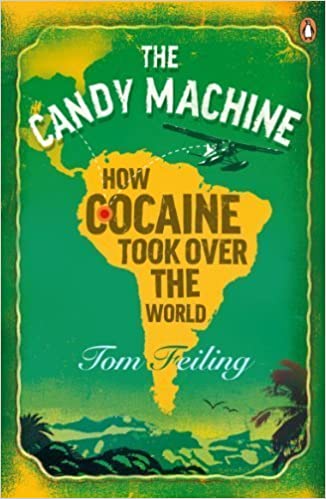|
The Candy Machine: How Cocaine Took Over the World
Tom Feiling Published in September 2009 320 Pages Thibault’s Score: 4/5 I already knew much of what was discussed in the Candy Machine, but this book clarified the details and helped reinforce what I already knew. The big argument the book builds up to is the case for legalizing cocaine. I already agreed with drug legalization, so that wasn’t much of a surprise to me. To me, the war on drugs has always been a no brainer. The case for legalizing all drugs, even the most dangerous and addictive ones, has been so obvious that I’ve never thought much about it. My intuition has always been to legalize drugs, stop criminalizing casual users, and let the problem users poison themselves. What is most fascinating is that coca leaves are a harmless “drug,” roughly on the same level in terms of health effects as coffee or cannabis. Over time, increasingly powerful cocaine extracts were sold by corporations. When coca was criminalized, the extracts became very dangerous as the potency increased and they were adulterated. When I opened this book, I expected it to be mostly about the logistics of getting drugs from Latin America to North America. There was almost no mention of specific dealers like Pablo Escrobar - instead it was a sociological analysis of the history of cocaine use, the devastating effects of prohibition in transit countries like Jamaica and Colombia, and the effects on users. If I had supported drug prohibition, it probably would have changed my views. If ever I run across someone who supports criminalization of cocaine and has really authoritarian views, I will give them this book.
0 Comments
Leave a Reply. |
Thibault SerletMost of my articles are book reviews, but I also write about many other topics. Archives
December 2023
Categories |

 RSS Feed
RSS Feed